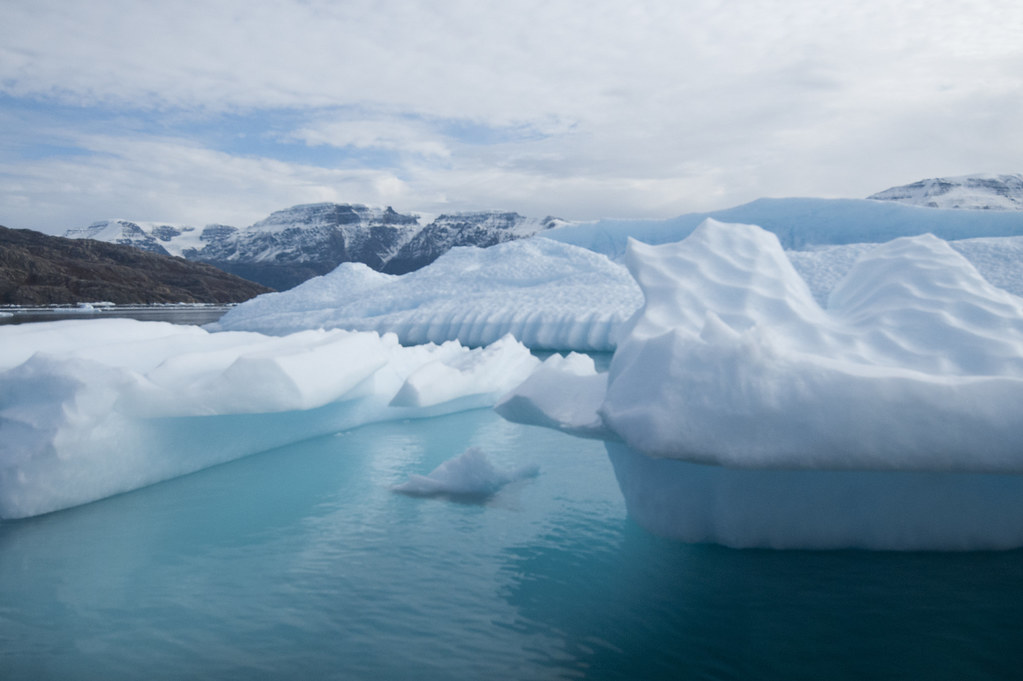
The notion that collapse is far-off, Hollywood-apocalyptic is catastrophically outdated. For sustainability specialists such as Professor Jem Bendell, the gradual disintegration of our systems isn’t imminent it’s already underway. And it’s not simply a matter of melting ice caps or political instability; it’s about a gradual shift in what we regard as “normal” while the foundations crumble insidiously beneath us.
From climate-driven food crises to loss of biodiversity and worsening inequality, the warning lights are flashing. But the good news is this: collapse consciousness does not equal paralysis. There is an emerging movement that pairs realism with radical hope deliving practical, people-centered solutions for what’s coming next. Less “bunkers and canned beans” and more “community gardens, mental resilience, and reimagined economies.
Here are eight interrelated signs of societal disintegration and the adaptive strategies that might transform fear into constructive action.

1. The Human Development Index Is Slipping
For the first time in over three decades, the global Human Development Index which tracks health, education, and living standards has dropped for two consecutive years. This backslide, noted by the UNDP, has hit regions like Latin America, Sub-Saharan Africa, and South Asia especially hard. Achim Steiner, UNDP Administrator, warns that while quick fixes like fossil fuel subsidies may ease immediate pain, they delay the systemic changes needed for long-term stability.
Bendell regards this as one of the most important indicators of “creeping collapse” the melting iceberg below the surface. Slips in well-being are not statistics; they’re initial fissures in the cultural cement that keeps societies together.
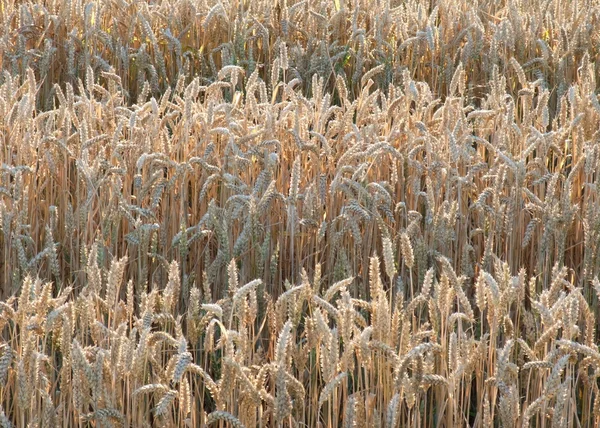
2. Climate Records Are Shattering
In 2023, global temperatures crossed the 2°C-above-preindustrial threshold for the first time, albeit for a day. It’s a more-than-symbolic benchmark; it marks accelerating climate instability. Record heat is already testing crops, water resources, and human health, with ripples through economies and migration.
Bendell maintains that these climatic shocks are not single acts of disaster; they’re accelerants for other crises, from hunger to geopolitical tensions. The more heated it gets, the less possible it is to hold society together.

3. Biodiversity Loss Is Eroding Food Security
Nearly 20% of wild species that humans rely on for food are threatened, and almost a third of ocean fish stocks are overfished. Pollinators, soil microbes, and other unseen allies are disappearing, jeopardizing agriculture’s very foundation. As the FAO notes, without these species, farming as we know it would be impossible.
Experts emphasize the move towards biodiversity-friendly practices greater crop diversity, less chemicals, and maintaining habitats. As Jane Goodall succinctly said in a Chatham House panel, “The future of humanity depends on us living in harmony with nature.”
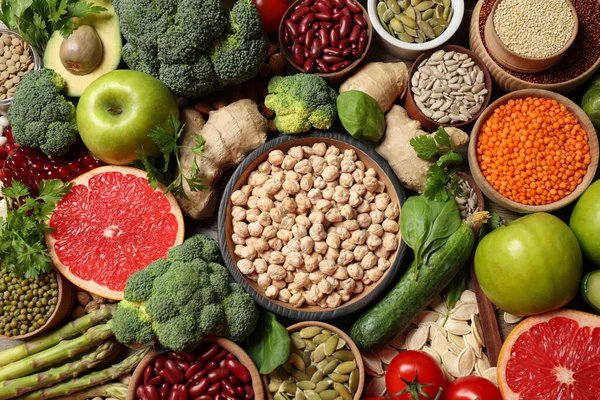
4. Food Systems Are a Collapse Trigger
The world food system fuels biodiversity loss and climate change, accounting for approximately 30% of human-generated emissions. The “cheaper food” model of industrial agriculture drives a cycle of overproduction, deforestation, and environmental degradation.
Three immediate changes are proposed by researchers at Chatham House: shifting towards more plant-based diets, conserving land for nature, and adopting regenerative agriculture. Not only do they defend ecosystems but also decrease pandemic risk associated with intensive animal agriculture.

5. Increasing Inequality Is Driving Fragility
Historian Luke Kemp refers to today’s system as a “Goliath”, a connected, unequal empire in danger of elite-led collapse. His analysis indicates that increasing inequality reliably predates breakdowns in societies, from the fall of the Roman Empire to the Han dynasty.
In today’s language, the wealthiest 1% capture close to double the economic progress of the remaining 99% put together, but generate enormously disproportionate emissions. More equality, Kemp contends, increases resilience and social cohesion, both, he argues needed to ride out crises.

6. The Mental Health Cost of Climate Anxiety
Climate change isn’t only an ecological disaster it’s a mental health one too. Surveys indicate more than half of youth are “very” or “extremely” concerned about climate change, reporting effects on sleep, focus, and daily functioning. Psychologists such as Susan Clayton attribute extreme weather events to increases in anxiety, depression, and PTSD.
Positive psychology provides such tools: constructing self-efficacy, supporting constructive hope, and establishing community space for emotional work. As climate mental health activist Sarah Newman writes, “Not being so isolated has helped so much it is like a coping mechanism.”
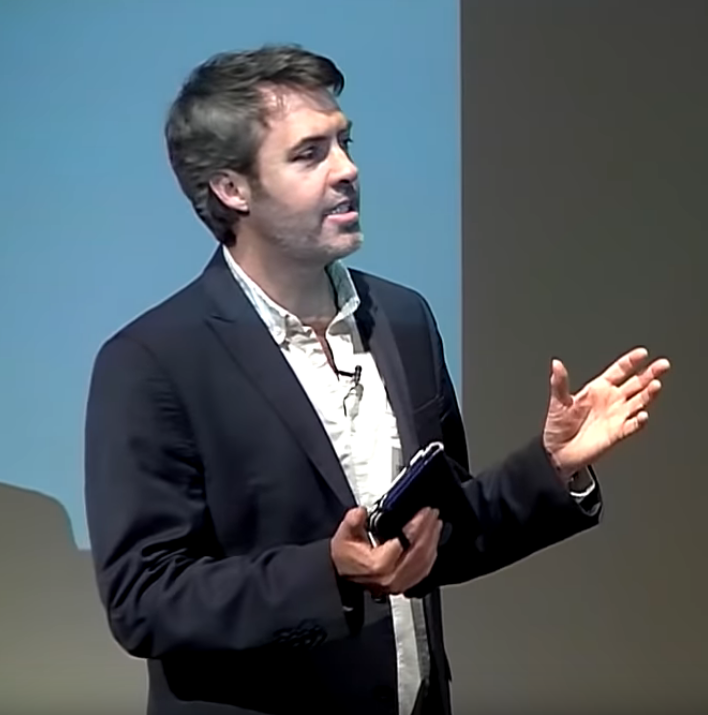
7. Deep Adaptation: Beyond Prevention
Bendell’s Deep Adaptation framework transcends the debate of whether or not collapse can be averted, instead considering how to survive it with humanity intact. Its four “R”s Resilience, Relinquishment, Restoration, and Reconciliation provide a compass for inner and outer adaptation.
From beginning regenerative farms to reviving pre-industrial agricultural wisdom, these principles invite releasing toxic patterns, holding onto what is most valuable, and reconciling with mutual vulnerability.

8. Degrowth as a Survival Strategy
The decades-old Limits to Growth model predicted that unchecked consumption would peak and decline in the 2020s. We’re now living that curve. Advocates of “degrowth” propose deliberately reducing material throughput while improving well-being through shorter workweeks, universal public services, and cutting wasteful production.
It’s a radical shift from “green growth” narratives, but one that could align ecological limits with human flourishing if paired with equity-focused policies.
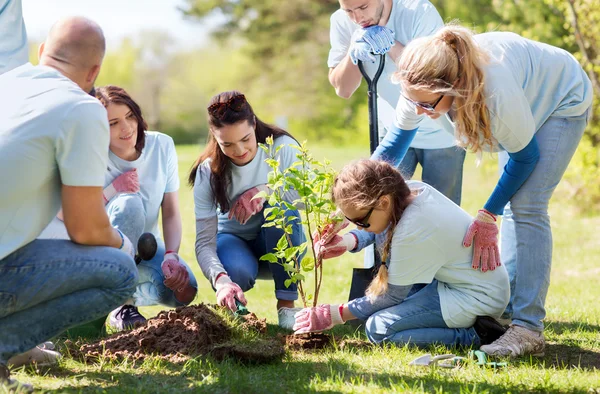
Collapse, if it’s already underway, isn’t one cataclysmic moment it’s a process. The indicators are here: falling well-being, environmental collapse, increased inequality, and the psychological burden of existing in an era of overlapping crises. But awareness of collapse doesn’t necessarily equal despair. From nature-based agriculture to psychological resilience training, from just economies to deep adaptation, there are ways to navigate the coming turbulence. The challenge and opportunity is to act before there’s no time left to influence what follows.


